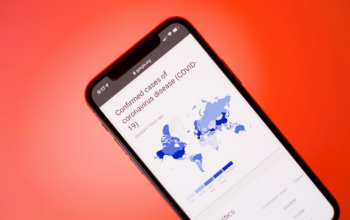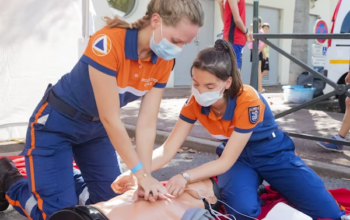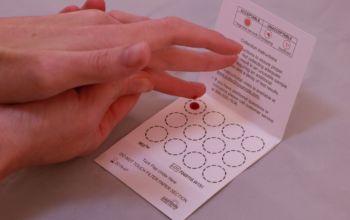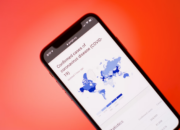Uzone.id – Everything seems so easy to get in this digital era, and staying healthy with the help of advanced technology has become a standard lifestyle people love to commit. There are innovative gadgets designed to make your healthy life easier. Just like Baymax from Big Hero 6, they’re like your healthcare companion.
We’re talking about wearable tech, devices that you can wear on your body to track your health and condition. From smartwatches to small rings, these technologies have cutting-edge features to help you keep in healthy track.
There’s a lot of health tech we can use these days, but here are 3 wearables you must have to track your health.
Smartwatches: Your Wrist-Sized Health Coach and Tracker
Smartwatches are no longer just a time track but become your body’s tracker too. They’ve become mini health centers on your wrist. They’re packed with features that can help you monitor your body. From your heart to your steps.
“Monitoring your heart rate can provide valuable insights into your overall fitness level and alert you to potential heart issues,” said cardiologist Dr. Michael Rich.
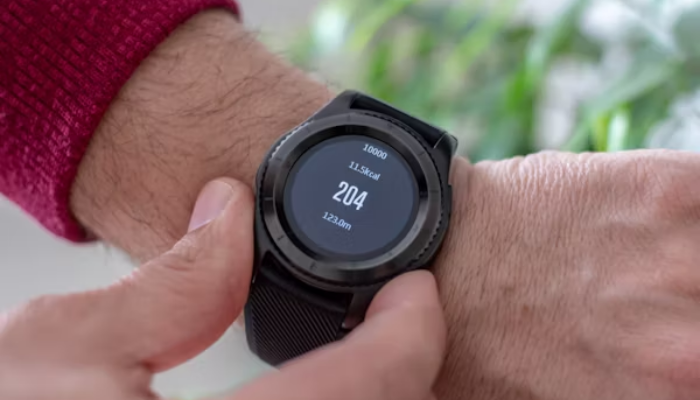
Brands like Apple, Garmin, Samsung, Huawei, and Fitbit offer advanced features that give users real-time insights into their body’s functioning. Here’s some of them:
Heart Rate Monitor: this feature can track your heart rate so you can manage stress better, enhance your workout routines, and even detect abnormalities like atrial fibrillation (AFib), a serious heart condition that can lead to stroke.
Step counter: this feature is useful when you’re taking a walk because it can count your steps as you walk. You can also set daily goals and track your progress towards them.
Heart rate variability: Smartwatch also has a metric that can measure stress and fitness, and is influenced by sleep, activity levels, and diet.
Sleep Tracking: you can figure out if you’re getting enough sleep, also it can identify patterns that might be affecting your sleep quality.
Electrocardiogram (ECG): Takes ECG measurements and sends the data to healthcare providers.
Also, many smartwatches have built-in blood oxygen sensors, and even fall detection, making them an all-in-one health companion.
Continuous Glucose Monitors (CGMs): A Game-Changer for People with Diabetes
Continuous glucose monitor (CGM) is a wearable technology that can help you manage diabetes with fewer fingerstick checks. It can track your glucose (sugar) levels over time even 24/7.
How does it work? CGM measures the glucose level in the interstitial fluid just under your skin 24 hours a day while you’re wearing the device.
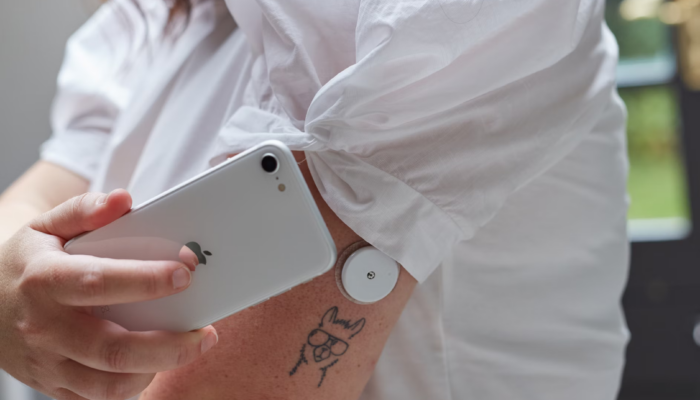
“CGMs have transformed the way people with diabetes manage their condition. They provide a level of control and peace of mind that was previously unimaginable,” said Dr. David Lee, Diabetes Specialist.
There are several types of CGM devices on the market, like FreeStyle Libre, Dexcom G5 Mobile, Guardian Sensor 3, and more.
CGMs are a revolutionary device for people with diabetes. They continuously monitor blood sugar levels, providing real-time data that can help manage the condition more effectively.
CGMs have three basic components, they’re sensors, transmitter,s and smartphone apps or receiver,s or insulin pumps.
The sensor in the CGM device is a tiny piece of material that measures real-time glucose levels in your interstitial fluid. You’ll insert the sensor under your skin with an applicator. The transmitter is used to send the glucose data from the sensor wirelessly to a device where you can view it.
A smartphone app, receiver, or insulin pump is used to display your real-time glucose level and shows a graph of the history of your levels. It can also show whether your glucose level is trending up or down.
CGM also has alarm notifications to set alerts for high or low blood sugar levels to prevent complications.
Health Monitoring Rings: Small but Powerful
Health rings, like the Oura Ring, may look simple, but they pack a punch in terms of health data. Worn on your finger, these rings are designed to monitor key health indicators while being less intrusive than other wearables.
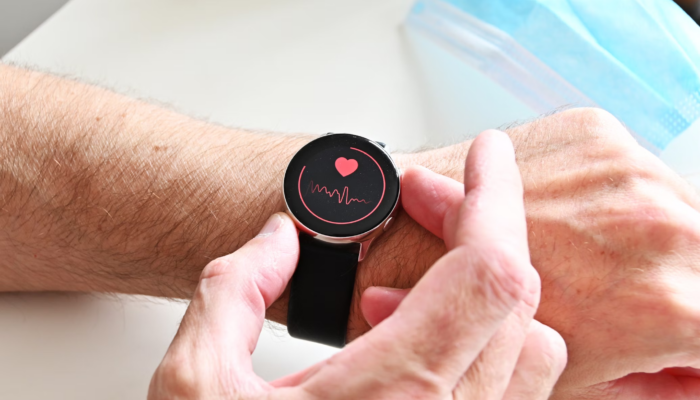
This type of ring, for instance, focuses heavily on sleep and recovery. According to a 2021 study from the National Institutes of Health, proper recovery is vital to preventing burnout and enhancing performance.
The ring tracks your body’s resting heart rate, temperature, and sleep quality to give you an overall readiness score. This score helps you understand if your body is well-rested and ready to take on the day or if you need more rest.
Health rings have a heart rate variability (HRV) feature, it’s an important marker of your body’s stress levels. High HRV is often linked to better fitness and lower stress, while low HRV can indicate that your body is under strain. Dr. Andrew Huberman, a neuroscientist, explains, “Tracking HRV can give you insights into your stress and recovery, helping you make better health and lifestyle choices.”
With a focus on recovery and overall well-being, health rings provide invaluable data in a sleek, non-invasive form.
Wearable tech has made significant strides in recent years, offering a wide range of features to help you improve your health and well-being. Whether you’re looking to track your workouts, monitor your sleep, or manage a chronic condition, there’s a wearable device out there that can suit your needs.




